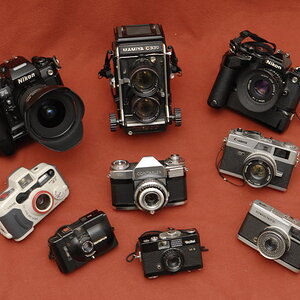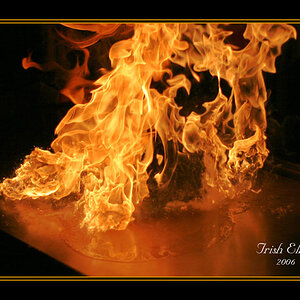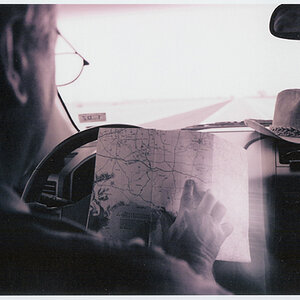Scatterbrained
Been spending a lot of time on here!
- Joined
- Apr 19, 2010
- Messages
- 2,184
- Reaction score
- 1,083
- Location
- Yucca Valley, Ca
- Can others edit my Photos
- Photos NOT OK to edit
Just to show you what I'm talking about, here's my dayglow, military spec safety vest under the gun, along with the histogram:


Notice the spike to the right? It's brighter, but it's nowhere near clipping, and that's after my tone curve has been applied. With the default, flat tone curve it wasn't quite as far out to the right.


Notice the spike to the right? It's brighter, but it's nowhere near clipping, and that's after my tone curve has been applied. With the default, flat tone curve it wasn't quite as far out to the right.



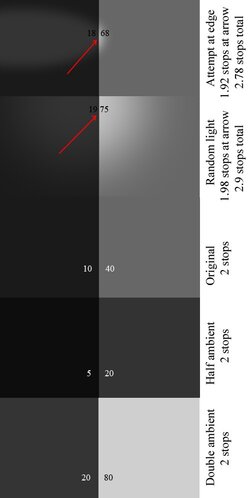
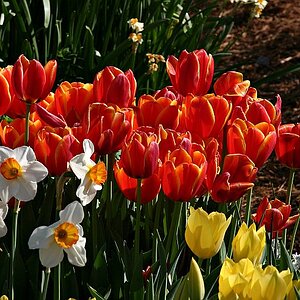
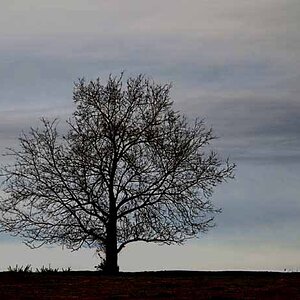
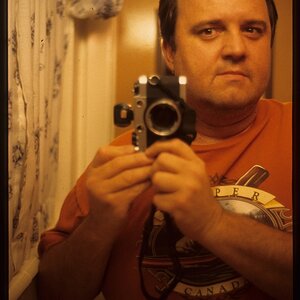

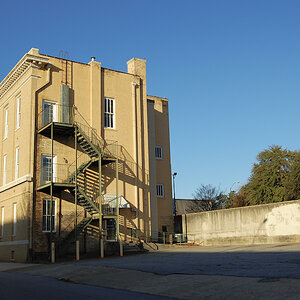

![[No title]](/data/xfmg/thumbnail/36/36393-86ce601930c671b92b6df002b7fcbd0b.jpg?1619737548)

![[No title]](/data/xfmg/thumbnail/36/36394-700ff78d7b45c663863e641a9bcf1fe1.jpg?1619737548)
